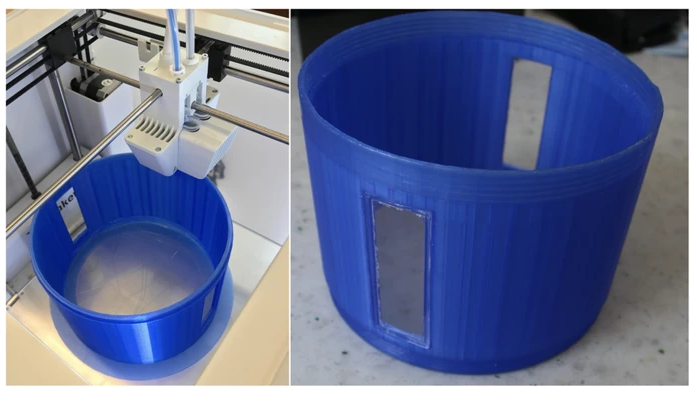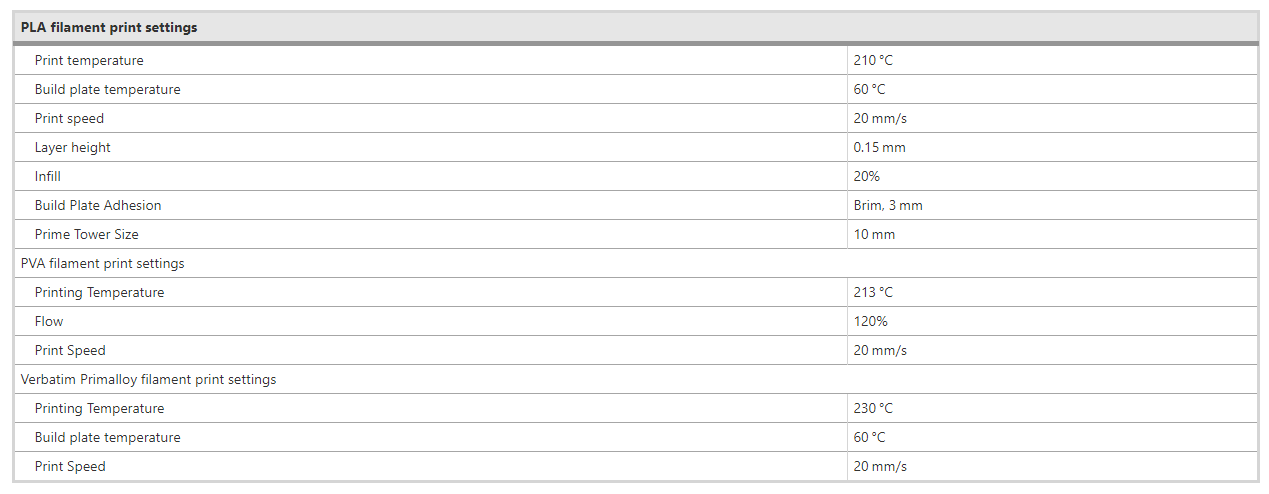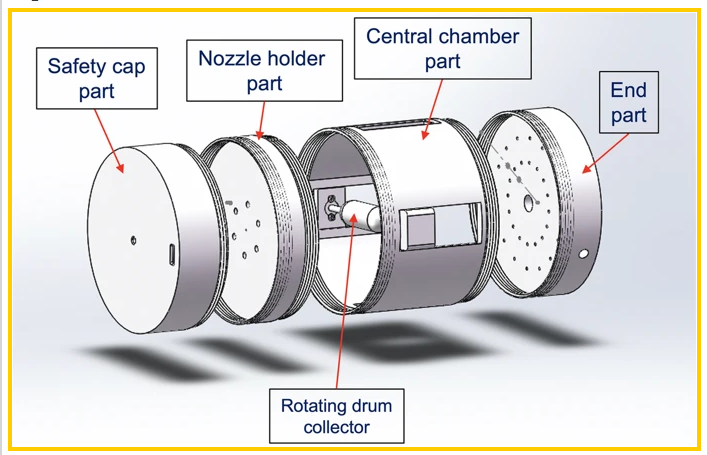UK researchers from the University of Edinburgh have developed an affordable new device, outlined in ‘Low-cost FDM 3D-printed modular electrospray/electrospinning setup for biomedical applications.’
While one of the greatest benefits of 3D printing is being able to produce softball-sized objects and parts, digital fabrication often occurs on the nanoscale today too, with varying materials, techniques, and systems. In this study, the authors focus making machines that make nano-sized objects produced via electrospray ionization deposition and electrospinning.
Electrospray is known to be extremely efficient and affordable for preparation of nanoparticles which are most often used in the medical realm, to include pharmaceutical and biological uses. Nanoparticles can be used as drug delivery systems, and also loaded with elements to promote cell growth during tissue engineering processes. Electrospinning is used in the development of solutions and suspensions, creating long fibers.
Nanostructures are able to imitate the extracellular matrix, making them suitable for scaffolds and promoting successful cell growth:
“This makes electrospinning an attractive technique for tissue engineering applications, including vascular graft fabrication,” stated the researchers. “It is also widely used in medical diagnosis and drug delivery as they can immobilize the recognition element or active pharmaceutical ingredient due to the large surface area and porosity.
“Recently, electrospinning has been also used for replica molding and producing three-dimensional scaffolds.”
The electrospinning setup is usually comprised of:
- Syringe
- Metallic nozzle
- High-voltage power supply
- Collector
A conventionally manufactured setup may be basic, but the researchers note that commercially they cost around $17,000 – $300,000 USD; in fact, the price is so cost-prohibitive that many researchers may have created their own setups which are potentially unsafe due to high voltage. With FDM printing, setups can be printed affordably, offering good safety, reliability, and functionality.

Left: Schematic drawing of a typical electrospray setup. Right: Schematic drawing of a typical electrospinning setup
For this study, the researchers used PLA with an Ultimaker 3. PVA was used for support material, with the total cost for filaments around $100.
“After a part with PVA support was printed, 30 °C water was used to dissolve the PVA in a water bath. It took approximately 24 h to fully dissolve the PVA at this temperature,” stated the researchers. All the larger parts were printed with a sheet of paper attached to the open front part of the Ultimaker 3 printer, in order to reduce the temperature fluctuations during the 3D printing process.”

Left: The CAD drawing of the safety cap. Right: Photograph of the safety cap with the high voltage cable on the left slide and solvent feed tube in the center

Left: The 3D printing process of the chamber part with the viewing ports. Right: Photograph of the 3D printer during printing the chamber part with the two plexiglass windows glued in place

Left: Photograph of the stainless steel stationary flat collector (top) and the rotating drum collector (bottom). Right: Photograph of the ball bearing, which houses the shaft of the rotating drum collector. The blurry part on the right side is the DC motor

Left: The 3D-printed setup with two chamber parts assembled in electrospray mode. Right: The 3D-printed setup with the rotating collector chamber part during electrospinning nanofibers
As threads for modular parts required smoothing, the researchers used chloroform vapor as a treatment—meant to smooth and cause better tensile strength—improving quality overall (we would urge extreme caution with deploying this as a process and recommend mechanical smoothing instead).
“The chemical treatment showed a slight improvement in the surface roughness, which helped the part assembly at the threads,” concluded the researchers.
“Due to the modular nature of the setup, the parts can be exchanged easily, offering easy configuration for different applications. The cap part had several gas channels, allowing a uniform gas flowing against the direction of the nanoparticles/nanofibers, enhancing the evaporation rate. The setup was tested in both electrospray and electrospinning modes successfully. However, ABS, PEEK, or ceramic materials would be recommended for 3D printing the central chamber part in order to increase the chemical resistivity.”
Both the .sldprt and .stl files are provided for download.
What do you think of this news? Let us know your thoughts; join the discussion of this and other 3D printing topics at 3DPrintBoard.com.
[Source / Images: ‘Low-cost FDM 3D-printed modular electrospray/electrospinning setup for biomedical applications’]Subscribe to Our Email Newsletter
Stay up-to-date on all the latest news from the 3D printing industry and receive information and offers from third party vendors.
You May Also Like
3D Printing News Briefs, April 13, 2024: Robotics, Orthotics, & Hypersonics
In 3D Printing News Briefs today, we’re focusing first on robotics, as Carnegie Mellon University’s new Robotics Innovation Center will house several community outreach programs, and Ugogo3D is now working...
Rail Giant Alstom Saves $15M with 3D Printing Automation Software 3D Spark
3D Spark has entered into a three-year deal with the rail giant Alstom. Alstom, a transport behemoth with annual revenues of $16 billion, specializes in the manufacture of trains, trams,...
Meltio Expands Global Reach with New Partnerships in the Americas and Europe
Spanish 3D printing manufacturer Meltio has expanded its sales network across the globe. With the addition of three new partners in the United States, Brazil, Argentina, and Italy, Meltio aims...
3D Printing Webinar and Event Roundup: April 7, 2024
Webinars and events in the 3D printing industry are picking back up this week! Sea-Air-Space is coming to Maryland, and SAE International is sponsoring a 3D Systems webinar about 3D...

































